Wadi Musa, Ma’an Governorate, Jordan
October 9, 2019
At first I was amazed, I was Petra-fied. The ancient city carved out of rose-red sandstone was both a marvel of nature and architecture. A deep and winding fissure that cut through the rocky desert landscape was awesome in itself. That it led to the cliff-sculpted classical façade of an ancient tomb put the wonder in wonderful. Petra had been voted – rightfully so – as one of the New 7 Wonders of the World.
Who will bring me to the fortified city?
Who will lead me to Edom?
Psalms 108:10
Nowadays, horse-drawn carriages could whisk visitors to the “Rose City.” As recommended by the local guide, our group opted to walk through the former land of Edom. The biblical Edomites populated this arid terrain from 1200 BCE. Petra, however, was never name-dropped in the Bible unless it went by the name Sela, both meaning “rock” in Greek and Hebrew, respectively.
Only about 2,000 years old, the hand-hewn temples and tombs could not be attributed to the Edomites but to the nomadic Nabateans that flourished and declined much later. The civilization had since disappeared completely, leaving only this marvelous mark of their existence. The Nabateans actually called their city Raqmu, but it was the Greek name that stuck.
The three-hour bus ride from Amman through the desert wound up at Petra Visitor Center where we purchased our entry tickets. Our day tour allowed us no time to visit the museum and souvenir shops. We immediately took to the parched gravel road through Bab as-Siq (Gate of the Siq) on foot as horses pulling tourist carriages kicked up dust as they zipped past. The path was a portion of a dry river bed called Wadi Musa.
It didn’t take long before we came across a MasterCard logo in the middle of the desert. We had been warned. Credit card scams had replaced the harsh elements as the major threat in this wilderness. A common modus operandi around here was multiple card swiping for the same purchase. We held on to our wallets and moved along.
Further down the road, monumental blocks of rock stood apart from surrounding sandstone hills by their geometric form and surface markings. I figured they were religious mounds akin to the Buddhist stupa in the Far East.
Local Bedouins believed they were Djin Tombs or dwellings of ghosts for reasons I wouldn’t want to know. These curious structures, dated as the oldest in Petra at 2,300 years old, were my introduction to this ancient world frozen in time. Belatedly, I read these were relics of ancient religions before the Islamization of the Arab world.
But the real foreshadowing came a few paces away. A more elaborate, two-level burial structure called Obelisk Tomb was carved from a barren hillside. It got its name from four pyramidal spires rising from the top, believed to represent the souls of the dead interred therein.
The lower half called Bab al-Siq Triclinium, misshapen at the mercy of erosion, housed a banquet hall for funerary and memorial ceremonies. The distinctly Greco-Roman design accented with Doric pillars, a preview of what lay ahead, provided a jarring contrast to the Egyptian-inspired Obelisk Tomb. The Nabataeans were not an isolated tribe cut off from the world. They apparently embraced cultural influences from their trading partners and created their own architectural fusion.
The gravel path ended at yet another market selling essential oils and Bedouin wares. This junction also served as a pit stop for horses where they refueled with water from a long trough. A wooden directional sign marked the entrance to the Siq, a narrow and meandering passage through a mountain of rock.
Petra was both the journey and the destination. The approach to its iconic structure was as fascinating as the ancient city. For day-trippers like us, the Siq took nearly an hour to traverse one way only to spend half an hour at Petra itself. The footpath had been evened out with gravel deposited by floodwater from Wadi Musa. I was, on numerous occasions, almost run over by careening buggies. As consolation, the main drag was constantly cleared of horse poop by sweepers in uniform.
Pink sandstone cliffs loomed 150 meters above us on both sides, keeping out the severe desert sun. I mistakenly assumed the Siq to be the handiwork of uneven erosion. Although water may have polished the rocks into fanciful forms – one resembling a tilapia and a fractured outcrop shaped like a kissing couple, the passage itself was a result of tectonic movement of biblical proportions. Mountain-splitting earthquakes created this long and deep twisting fault line.
Its 1.2-kilometer length, at times, opened to a sunlit space wide enough for a small shrine. Much of the stretch, though, maintained a width of no more than a couple of meters, causing bottlenecks in the ever-flowing stream of tourists and horses.
The Nabateans were not only master architects; they were innovative engineers as well. Our guide pointed out the remains of retention dams that prevented inundation of the Siq from side gorges. Terracotta drainage systems, instead, directed water flow from wadi to city. They tamed the destructive force of water to sustain, instead, a population of 30,000 at its peak.
But were we pounding the pavement the Nabateans trod? Only in parts. Portions of the original limestone paving had been restored. Its durability made the Siq as the main entrance to the city.
Votive niches in various stages of erosion were etched onto rock faces. Some were framed with pediments and each held a betyl – an image of a deity. At present, most looked like plain blocks as their features had been smoothed over time. These sacred objects, nonetheless, were indicative of religious rituals performed at the Siq.
At a broad stretch, a 2.5-meter shrine containing a pair of roadside betyl blocks was erected for an unknown pagan god. History had it, though, Petra converted to Christianity when the Nabatean Kingdom came under the rule of Constantine the Great.
Just a century before Christianity arrived in Petra, the city held festivals in honor of Dushara and Allat, god and goddess of pre-Islamic Arabia. The shrine was attributed to a sponsor named Sabinos Alexandros from Syria. These religious ruins were the only ones not associated with any of the Abrahamic religions that I came across in the Holy Land. Perhaps they comprised some of the idols that defiled the sanctified Israelites throughout the Old Testament times.
Next to the Sabinos Alexandros Station, a faded but no less stunning work of art adorned a rock face. A camel caravan relief depicted the trading route that traversed this junction between north and south, east and west. The more clearly defined camel legs and that of their guide gave away the hazy silhouettes at the top half.
At this point, the Siq squeezed into a mere crevice. Before the final turn, our guide gathered the entire group in a huddle and instructed us to shut our eyes. Forming a line, hand on shoulder, we inched forward to her direction. On the count of ten, we opened our eyes for the big reveal. Through the jagged cleft, the iconic façade of Petra gleamed in sunlight. We beheld the rose-colored Al-Khazneh (the Treasury) for the first time.
The sculpted structure was named after legendary treasures supposedly hidden therein by the Egyptian Pharaoh at the time of Moses. Oddly, Petra was built more than a millennium later and Al-Khazneh, most likely, was a mausoleum of Nabatean King Aretas IV in the first century CE. If so, what had happened to the royal remains was left to the imagination as were most things in Petra.
Why it was rock-hewn instead of a standing detached structure, which I imagined to be considerably easier to build? For all the artistic and scientific genius of the Nabateans, archival documentation was not their strong suit.
If it contained any treasures at all, they were long gone. The 40-meter-high Treasury was hollow behind that marvelous façade. Tourists never went past the entrance porch, busily snapping away with their phones at the sandy clearing out front as saddled-up camels lazily posed for photos. I went on a hunt for the best angle for a selfie with the Treasury, which entailed racing to the opposite end to momentarily lose all the photobombers.
The façade showcased the prevailing Hellenistic influence of the time. A bare-breasted female figure, presumably a Greek goddess, took the center pilaster at the upper level supported by a pair of Corinthian columns, one a replica for the missing original. The entire façade was carved from the top down. None of the architectural features and sculptures of Al-Khazneh suggested that it was in an ancient Arab city.
Alas, half an hour went by in a flash. I had just learned that the Treasury, the icon of Petra, was just one of the extant tombs and temples throughout this actual city of more than 200 square kilometers. We barely scratched the surface of this rich archaeological site. I ran to the back of the Treasury for a peek, but a small herd of donkeys chilling by the rock wall grabbed my attention. As I raised my phone for a snap, their human hurled angry words at me, perhaps in Arabic. I was petrified.
Despite the short visit, I thanked our guide, Manal Abolail, for her wealth of information and hospitality. I badgered her for explanations about the mysteries of Petra through much of our walk back at the Siq. There was no downtime for the tour guide.
While the rock faces looked formidable to modern visitors, the ruins remained as a silent testament to the ingenious ways the Nabateans tamed the wilderness. But one question remained, one that Manal didn’t have an answer for: What compelled the Nabateans to abandon their city?
After leading a nomadic life wandering through desert sands for generations, they regrouped and settled and built their city on rock. Jesus himself found wisdom in setting a house on strong and solid foundation. By the fourth century CE, however, Petra had been emptied of people and possessions, eventually falling into oblivion until its rediscovery in 1812.
The most accepted theory was the shift in trade routes. This arid and inhospitable location was actually a strategic one. The city grew out of the crossroads of trading caravans that linked Arabia with the Mediterranean. But the world was changing as it had always been. Maritime travel hastened the transport of goods that took longer over land. The once-bustling economy dried up like an oasis in a protracted drought.
It begged another question – where did the Nabateans go? Manal could not even hazard a guess, which only perpetuated the mystery surrounding Petra.
It reminded me that the world was in a constant state of flux. Petra was a product of its time, but its fate could happen again in another time. Since then, globalization and, more recently, technology had continued to develop in a frantic pace. Perhaps our modern commercial centers would soon go the way of Petra. In other words, be Petra-fied.
The terror you inspire
and the pride of your heart have deceived you,
you who live in the clefts of the rocks,
who occupy the heights of the hill.
Though you build your nest as high as the eagle’s,
from there I will bring you down,”
declares the Lord.
“Edom will become an object of horror;
all who pass by will be appalled and will scoff
because of all its wounds.
As Sodom and Gomorrah were overthrown,
along with their neighboring towns,”
says the Lord,
“so no one will live there;
no people will dwell in it.
Jeremiah 49:16-18
Thanks for reading! If you like my content, you may…





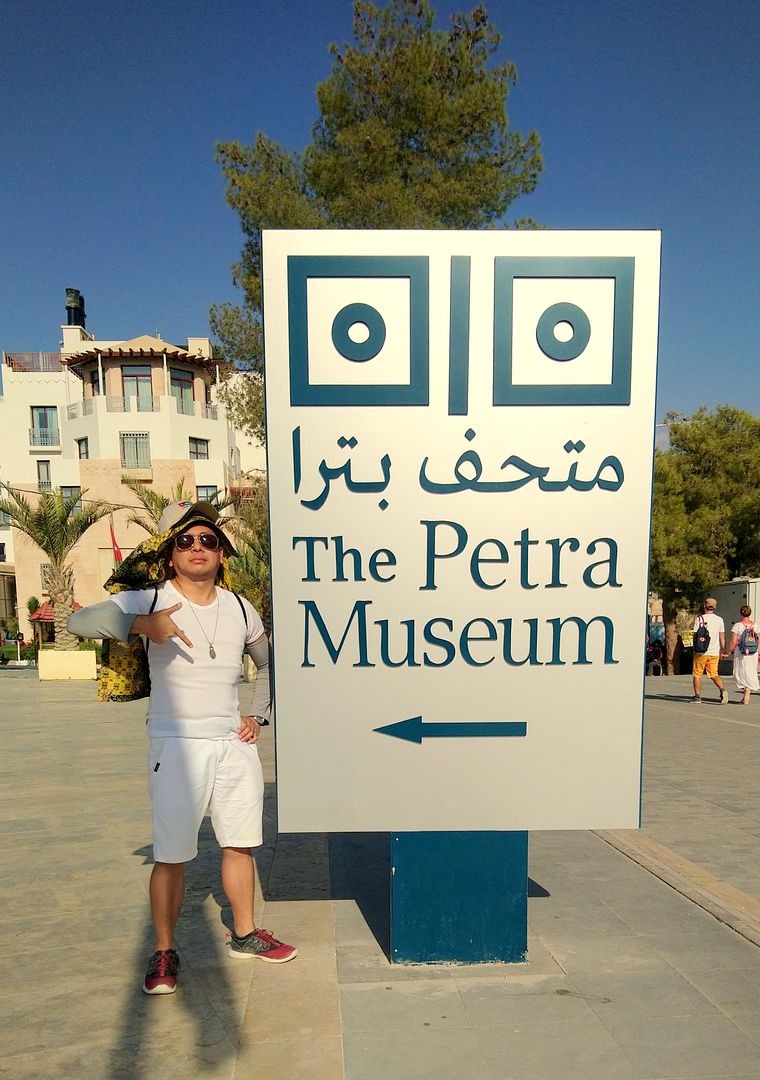

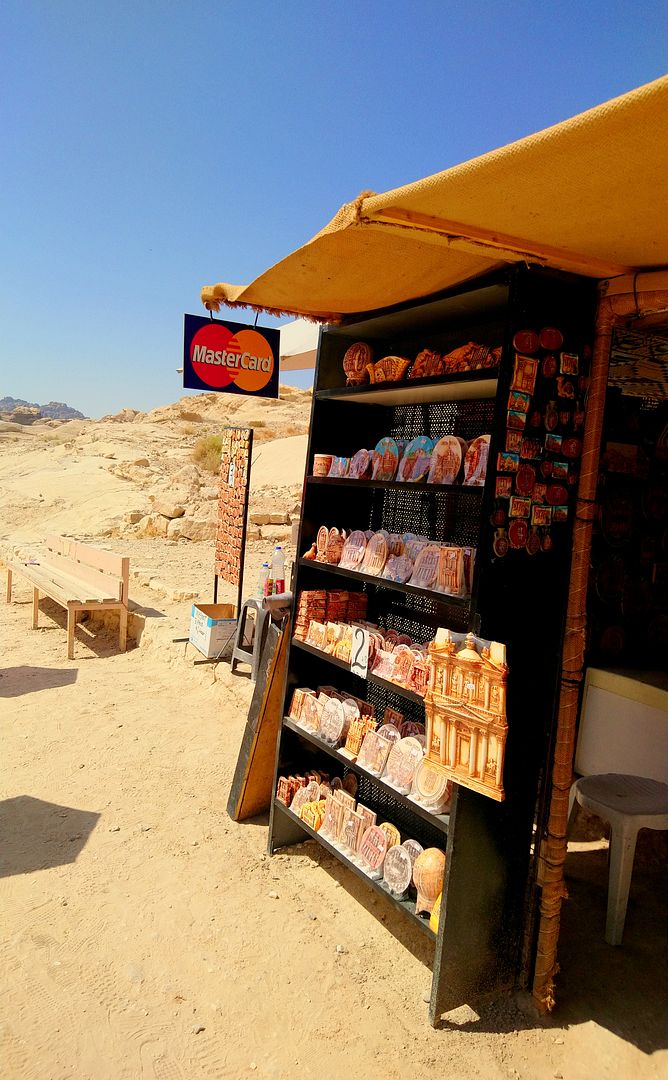

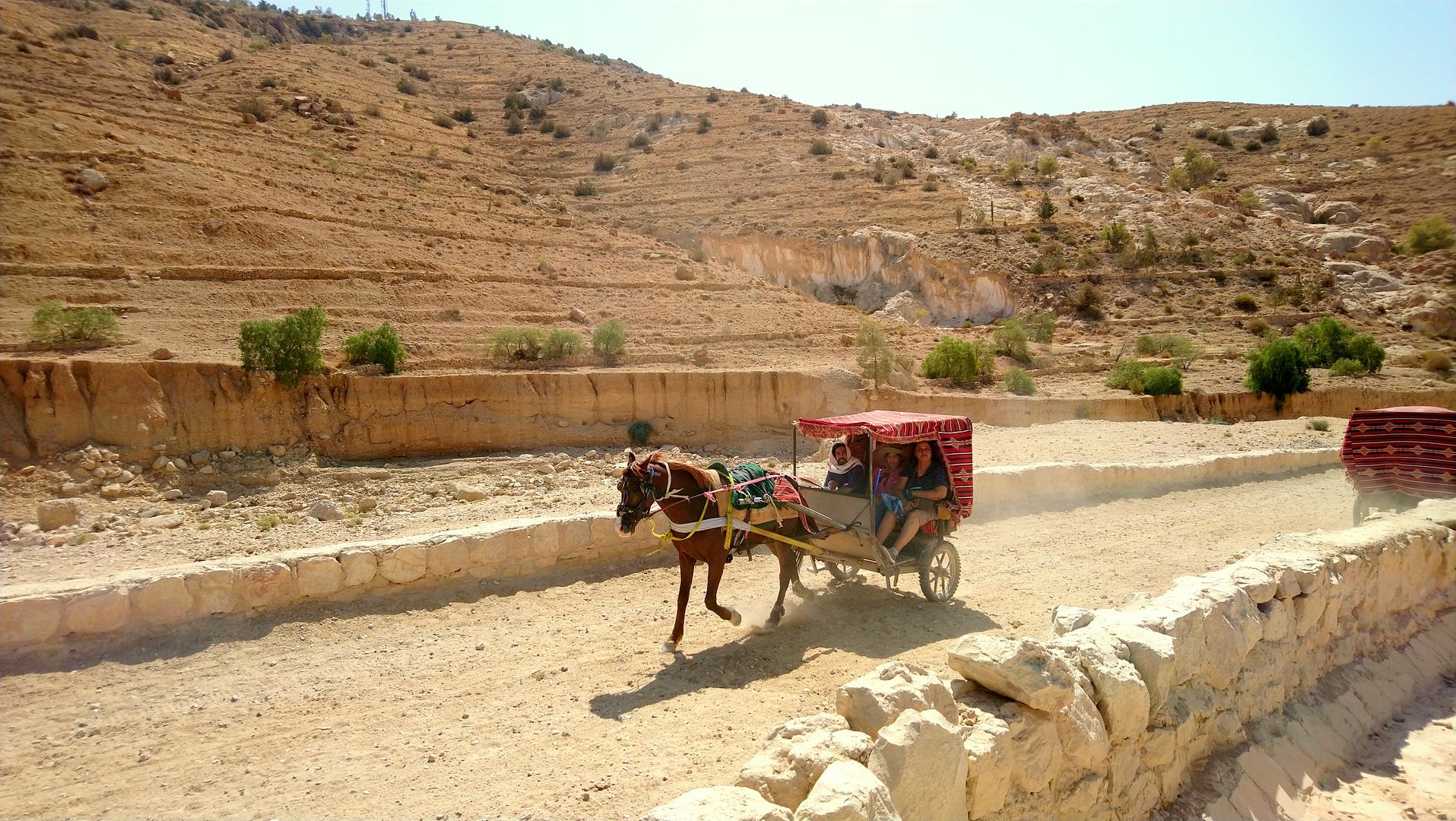

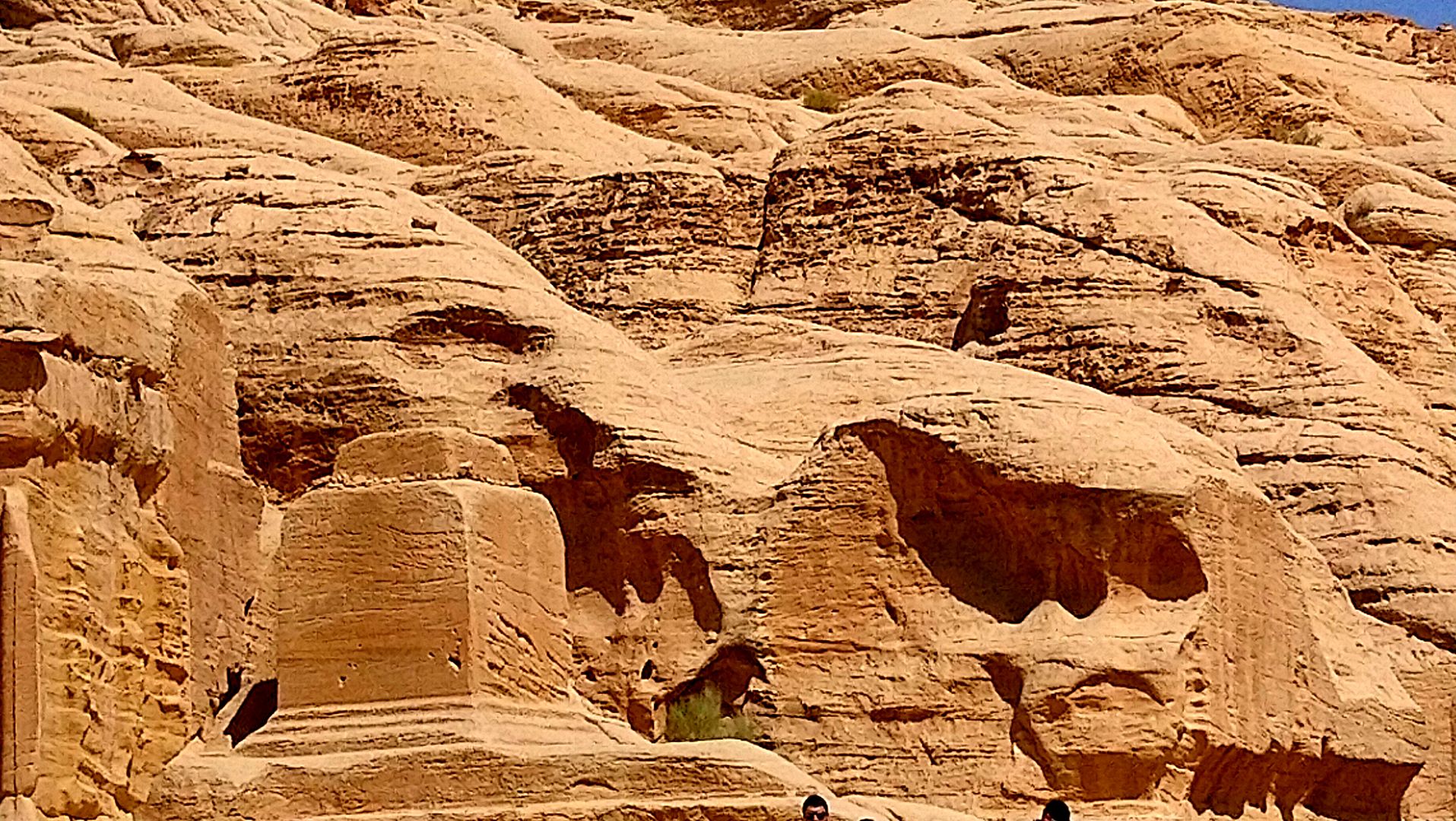

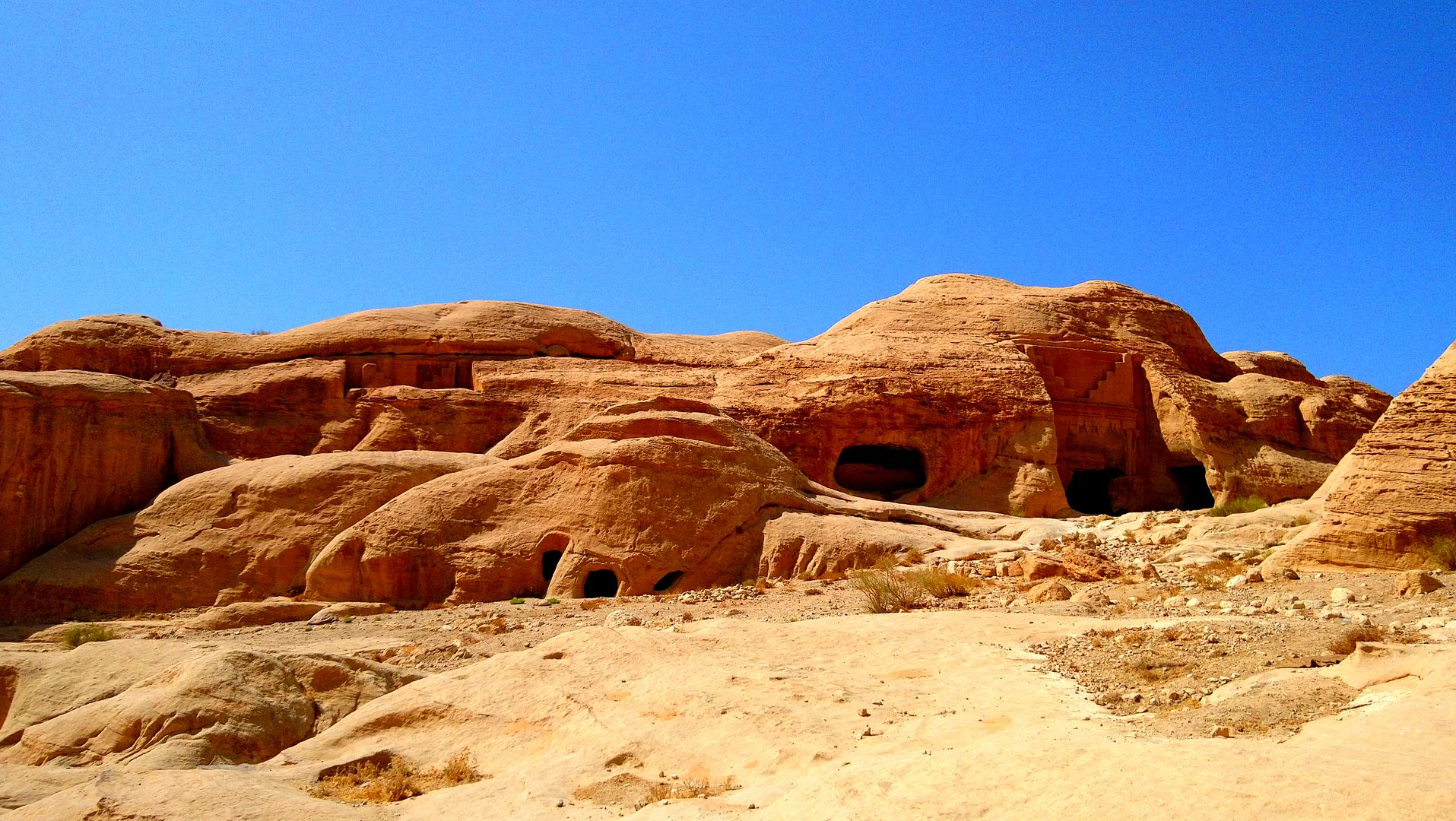
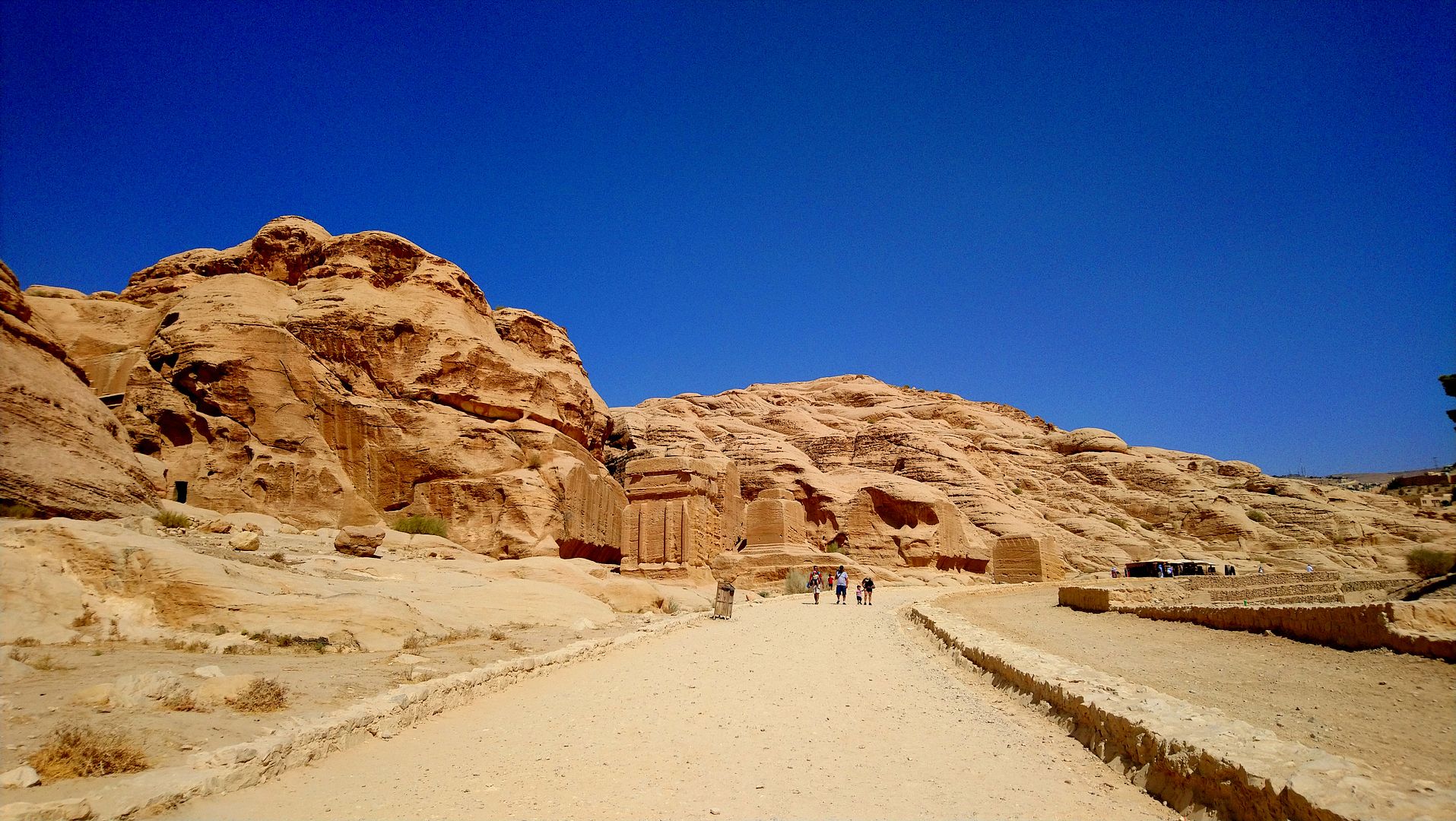
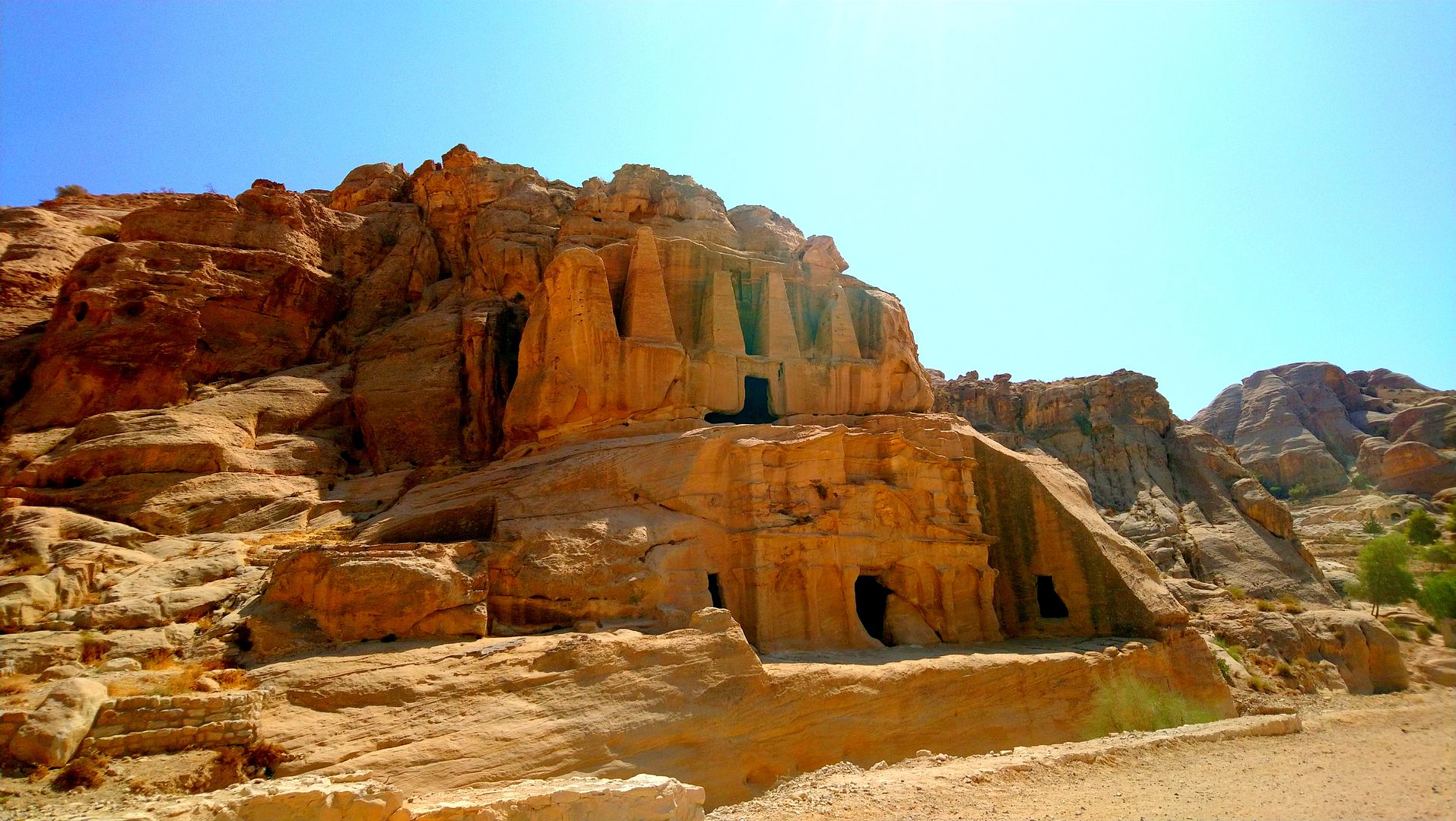
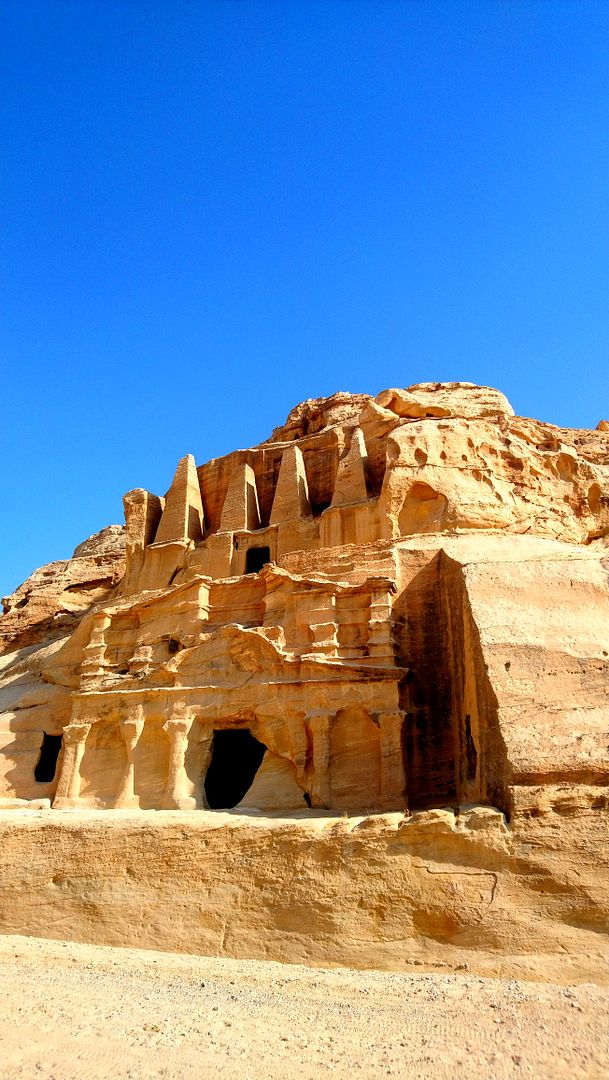
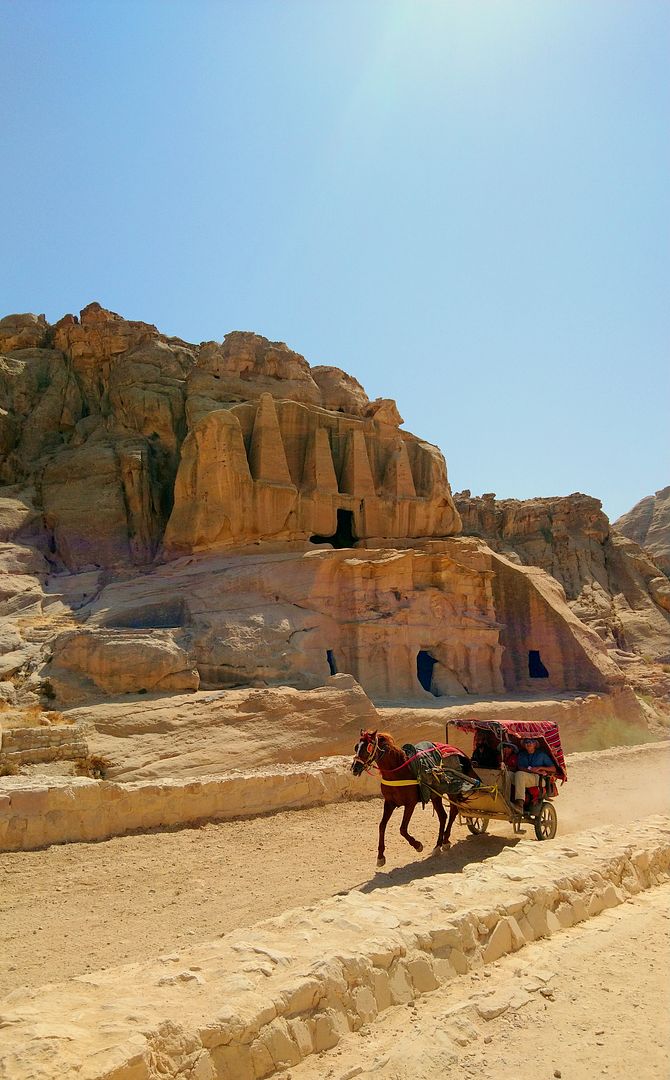
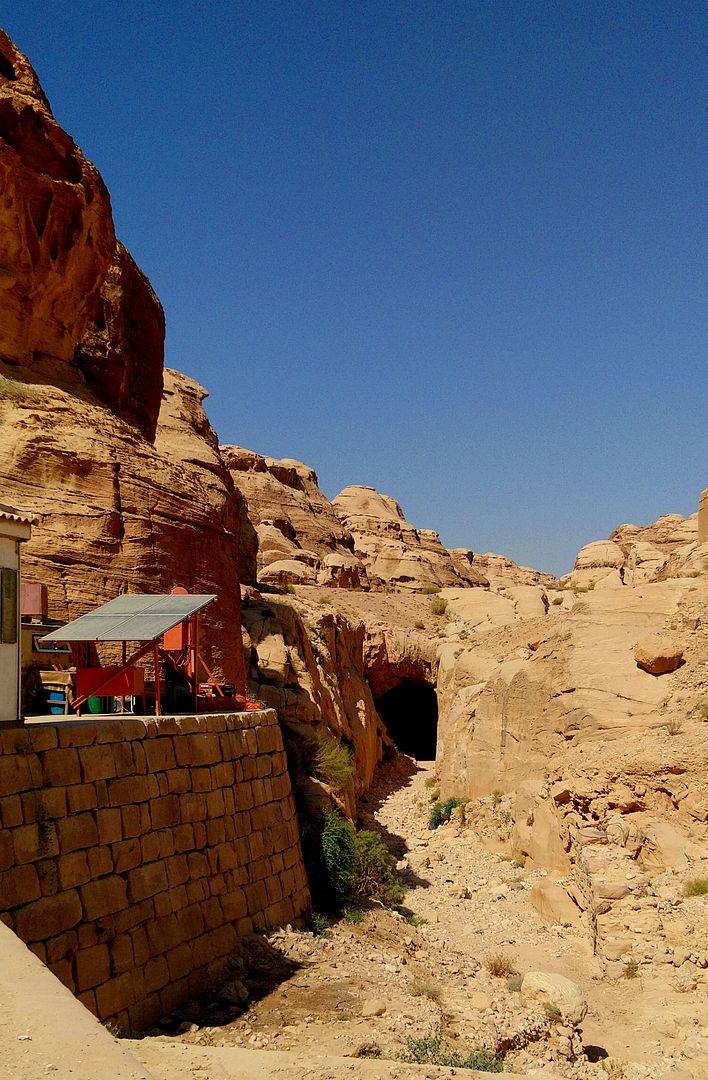
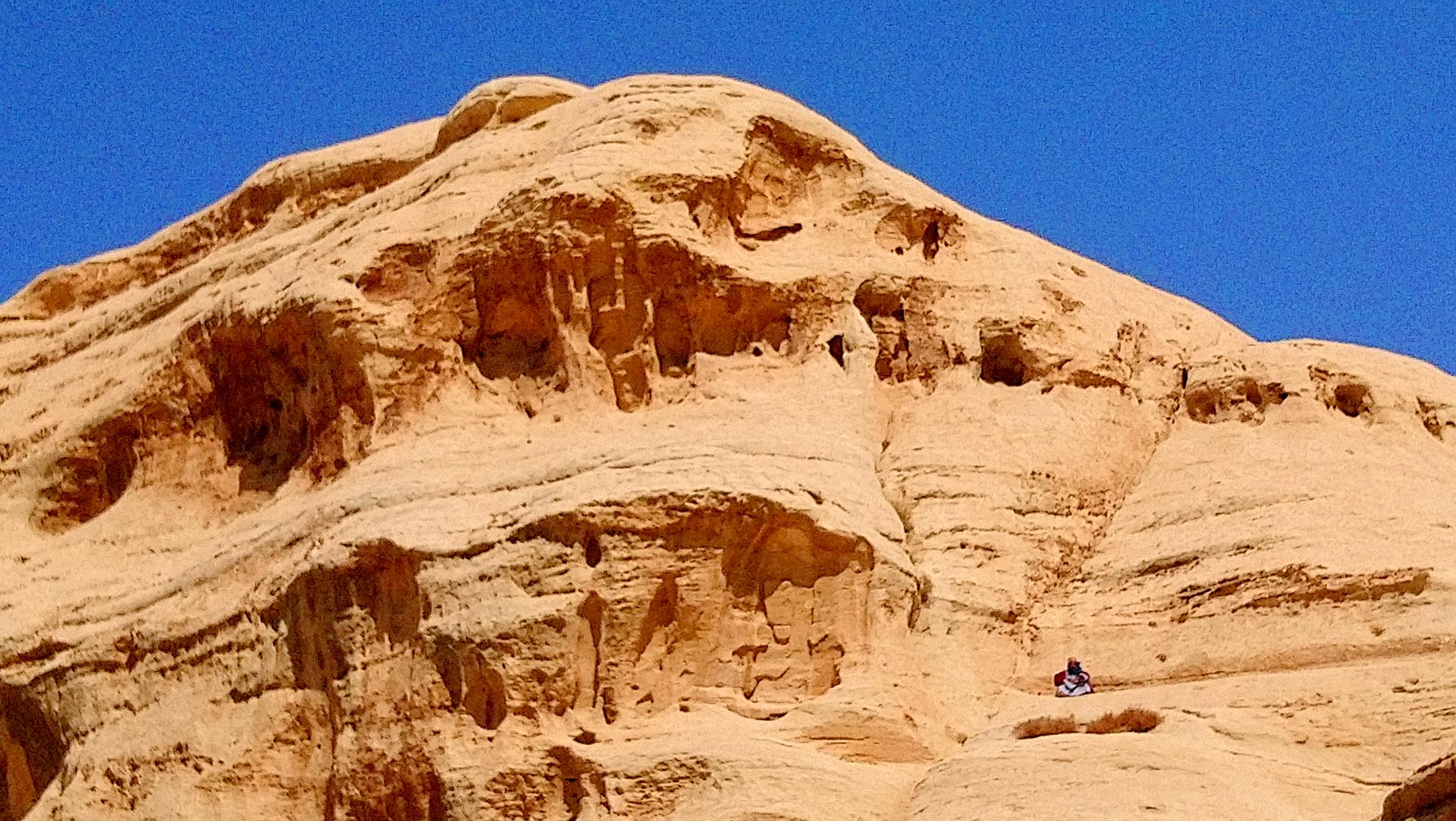
.jpg)
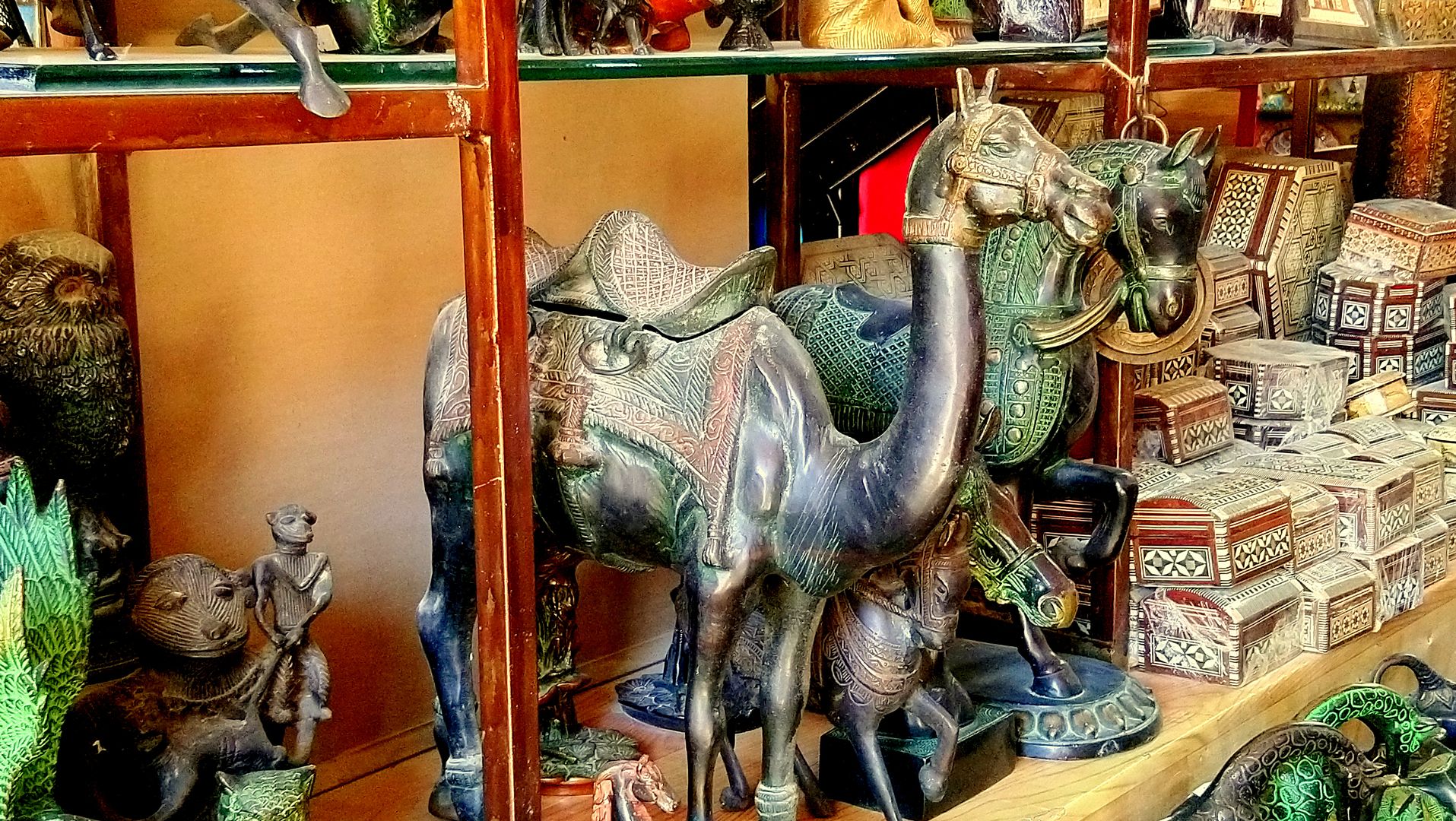


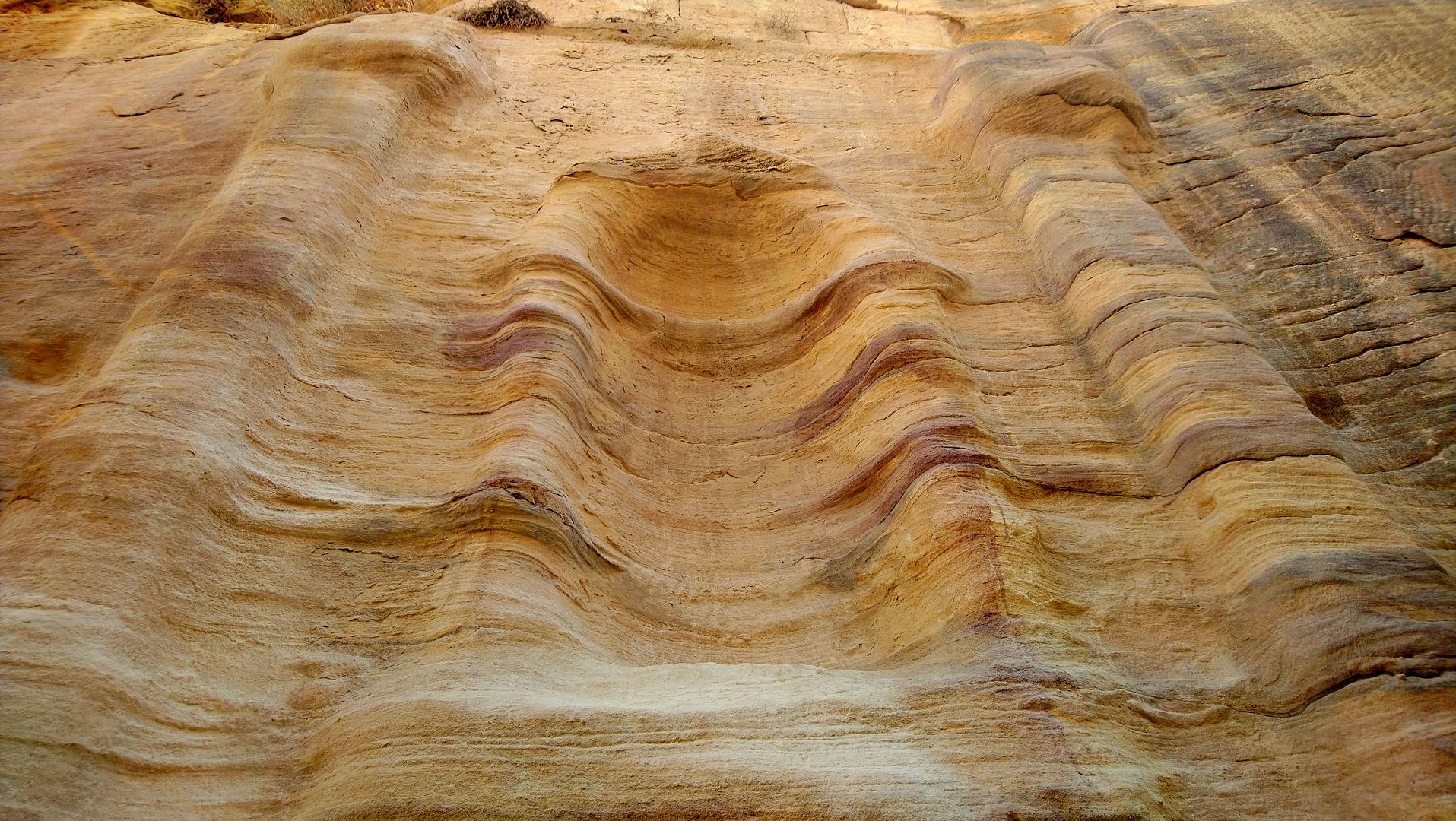
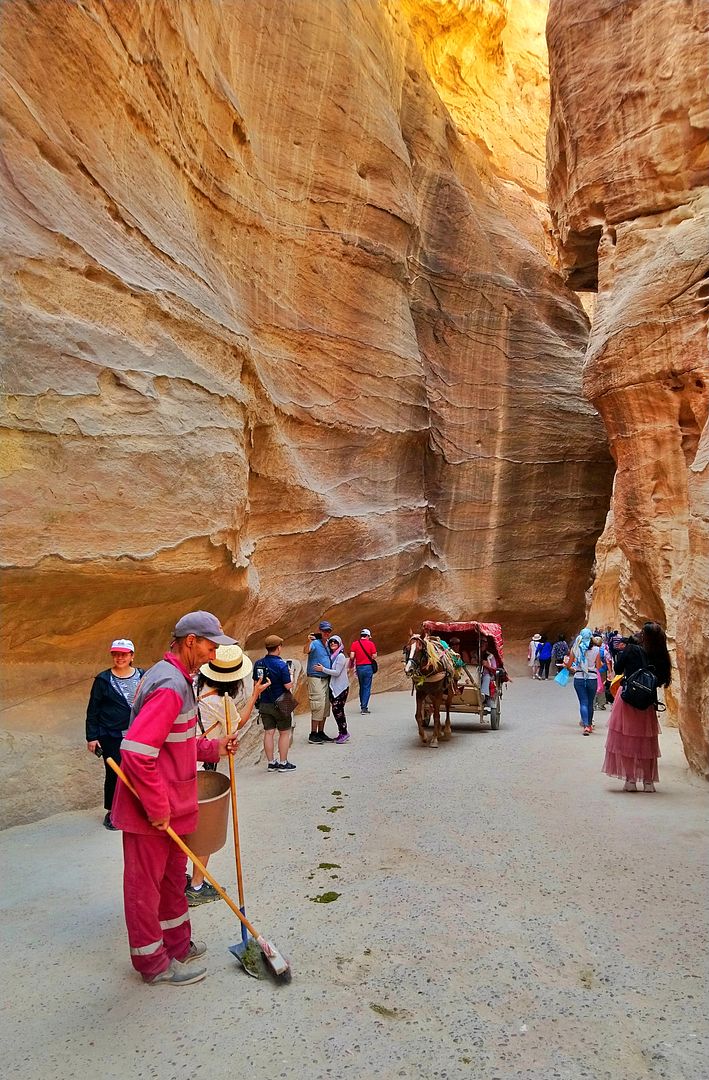
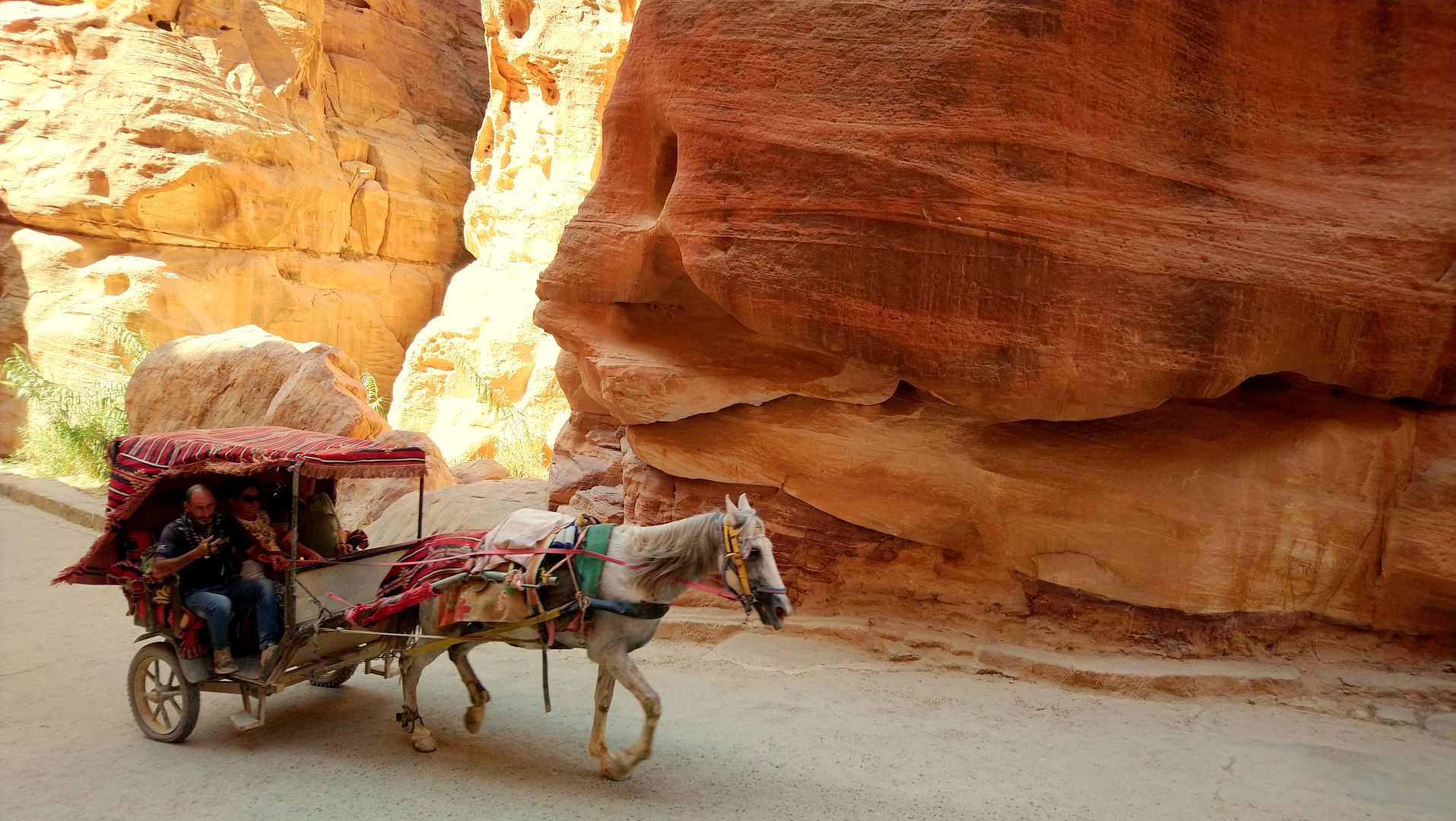

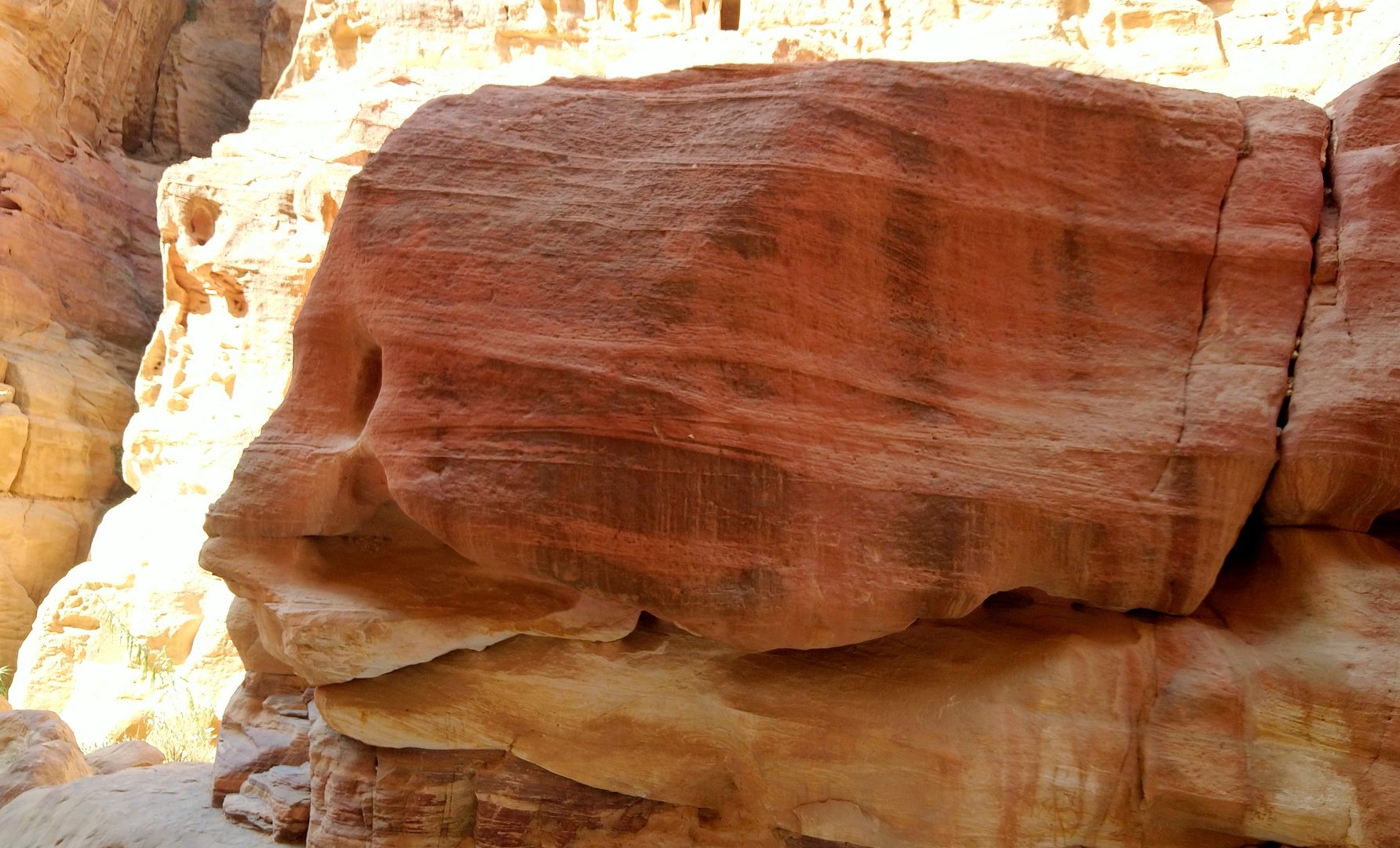


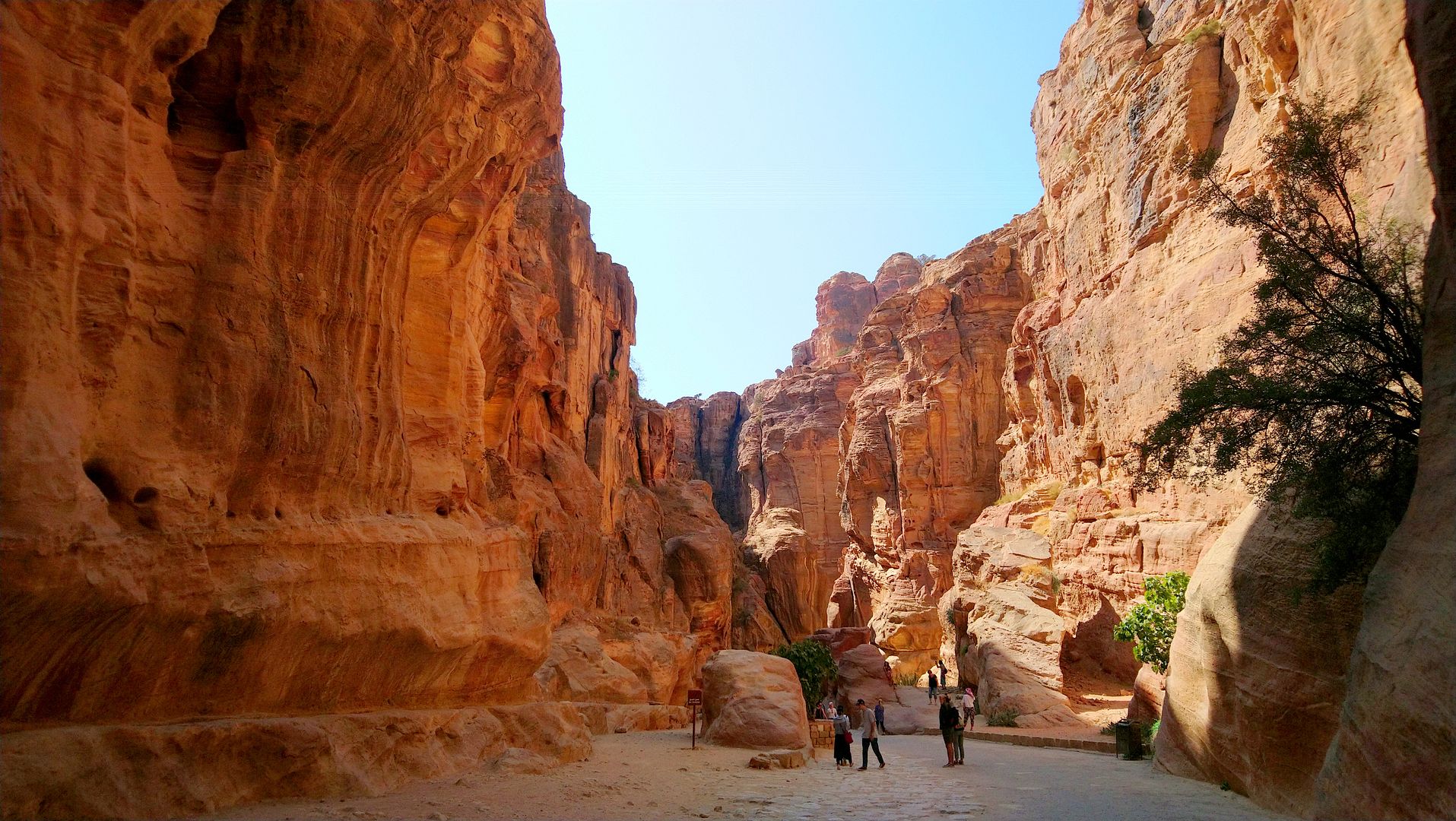

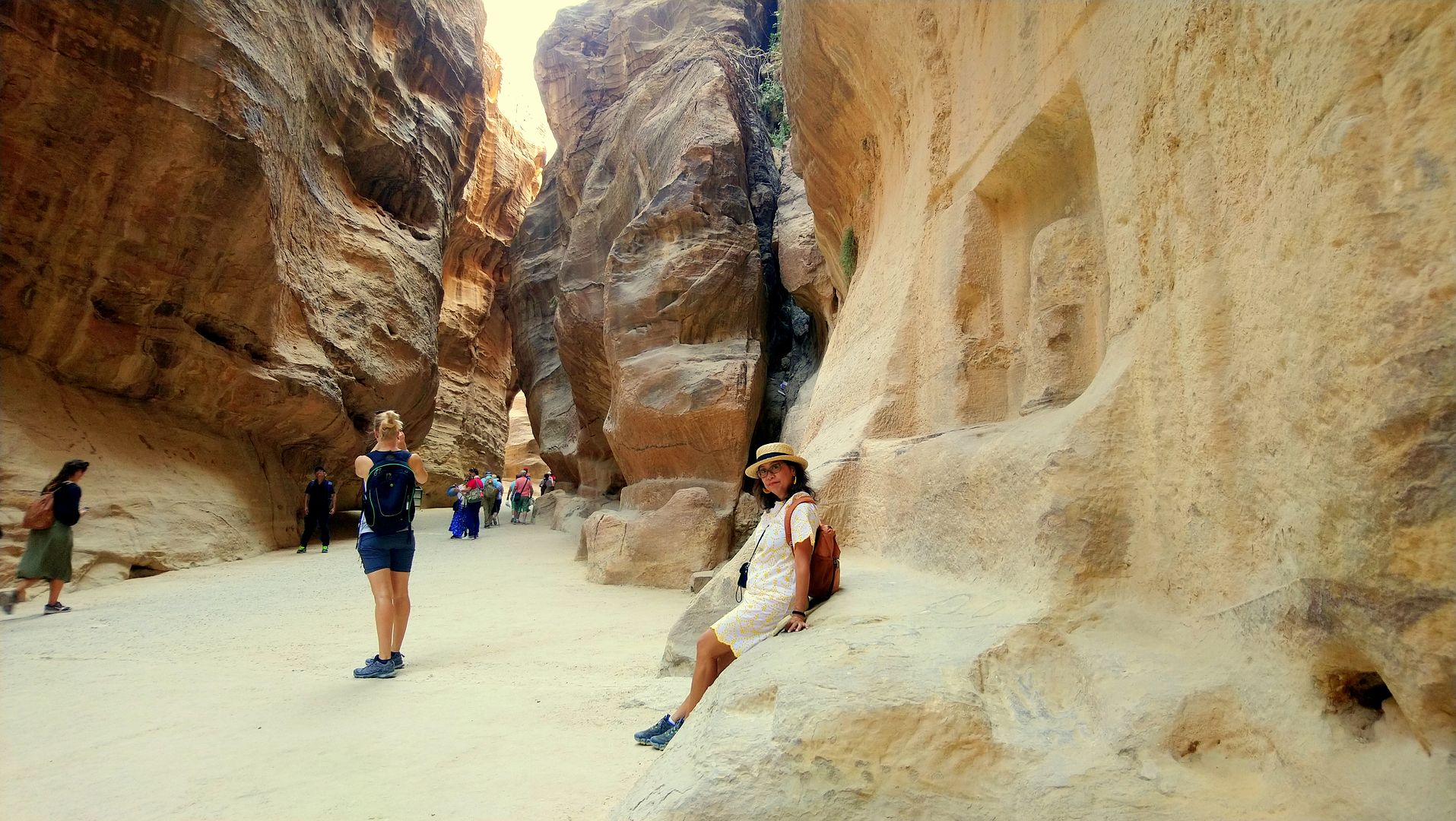
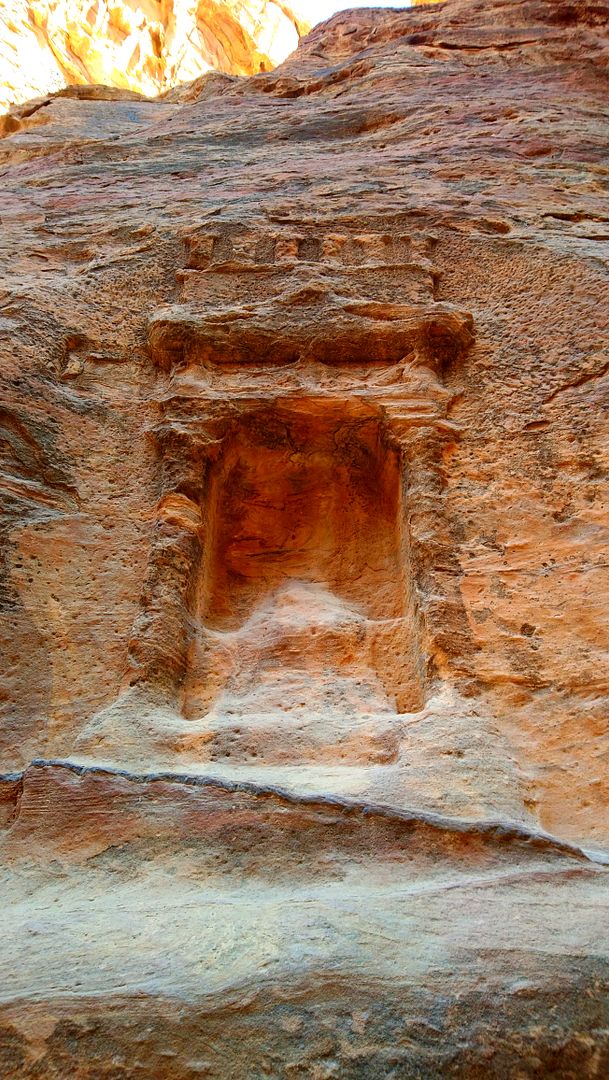
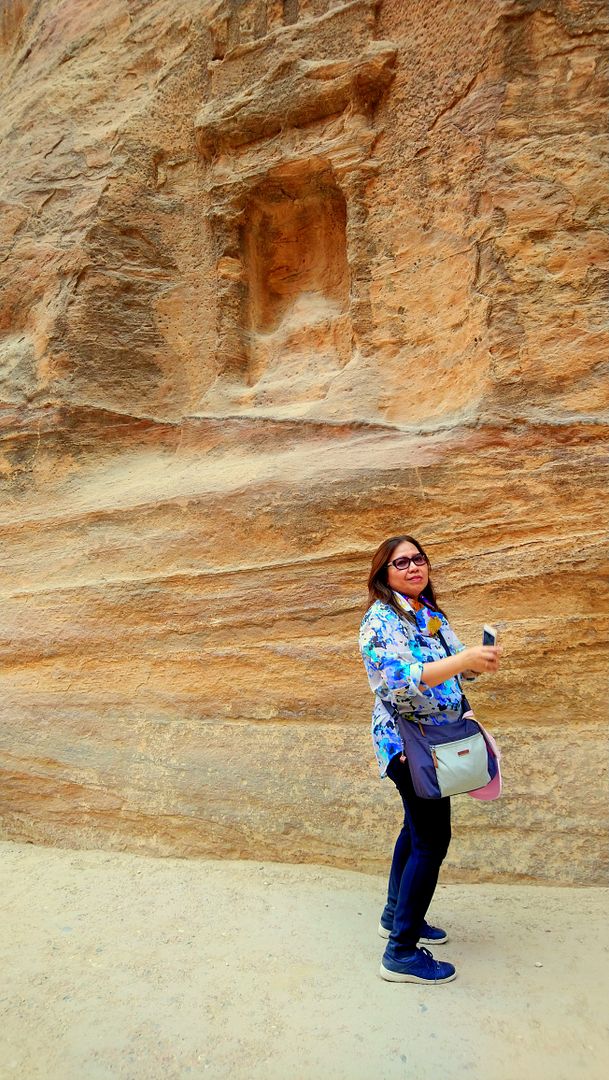

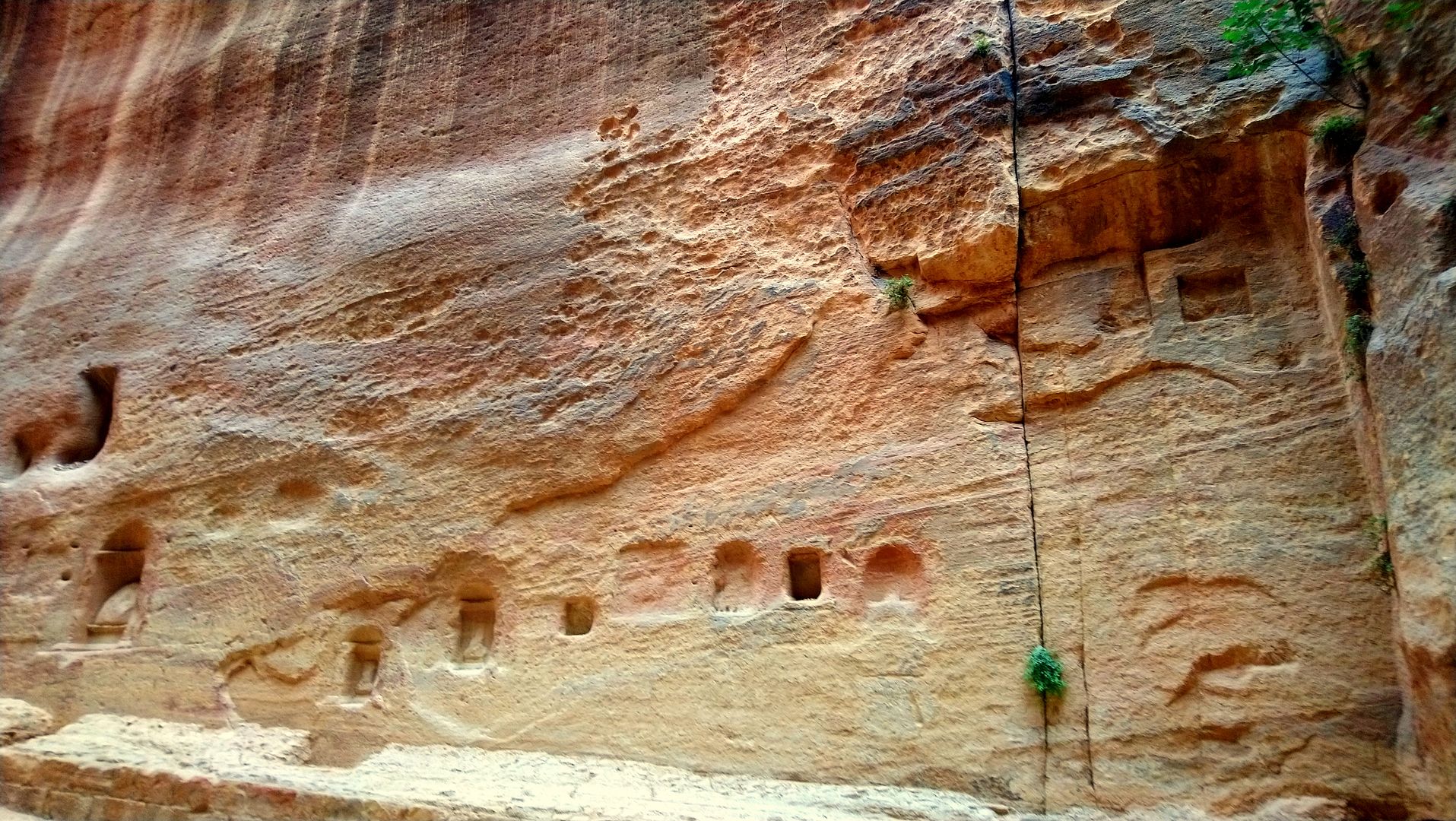

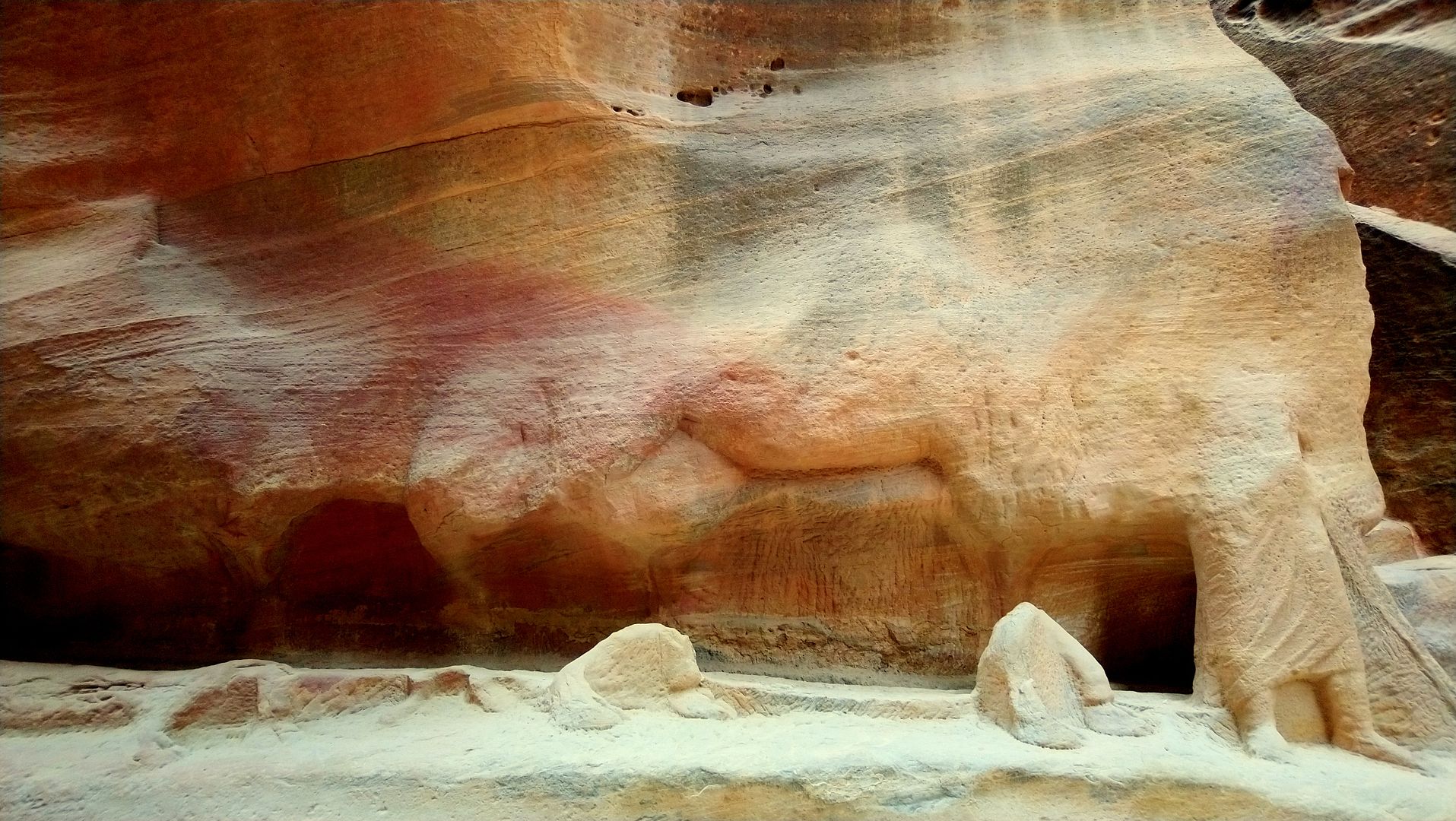


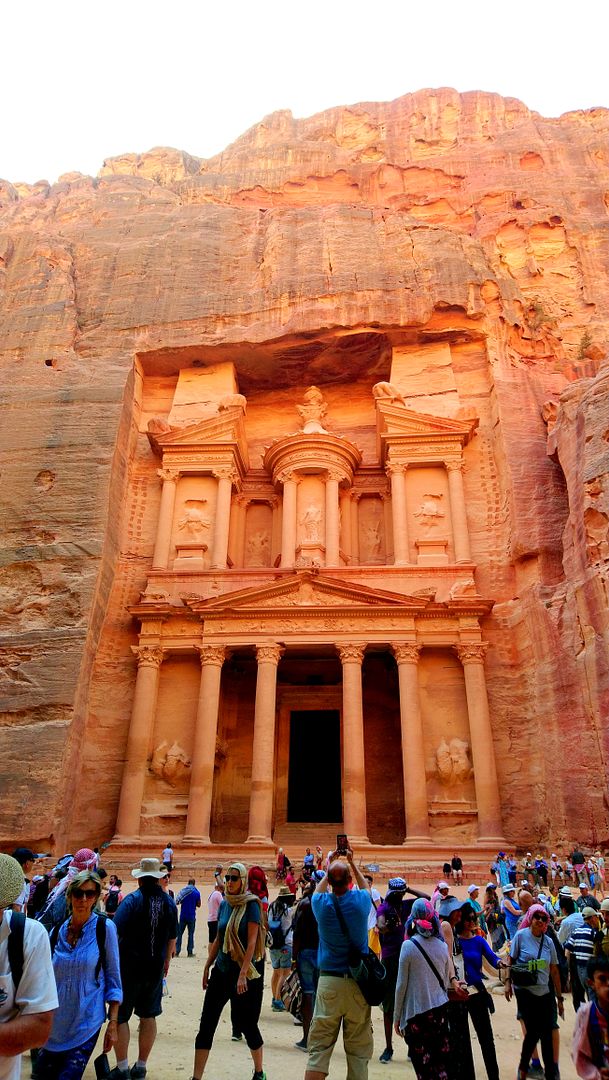
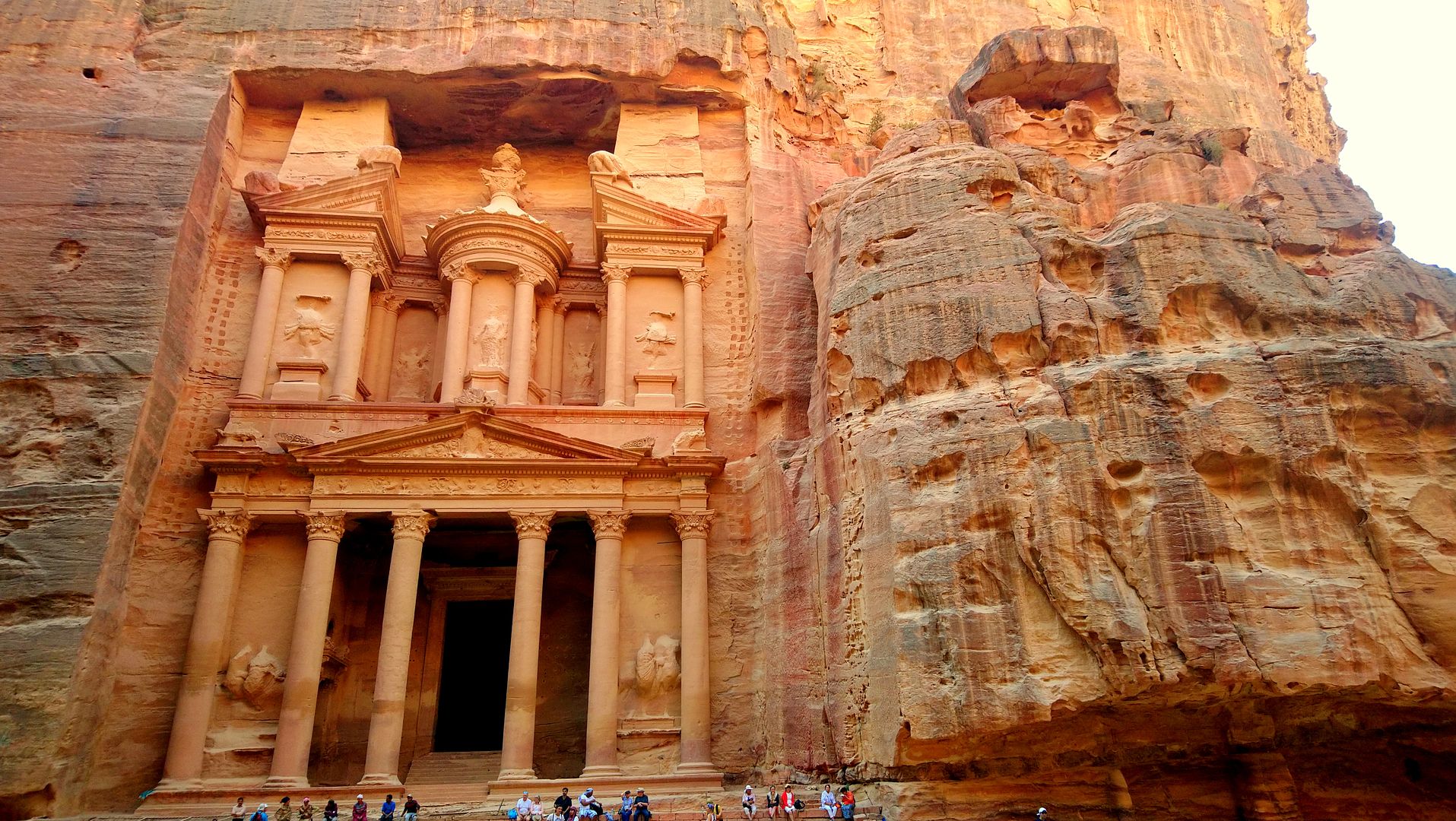
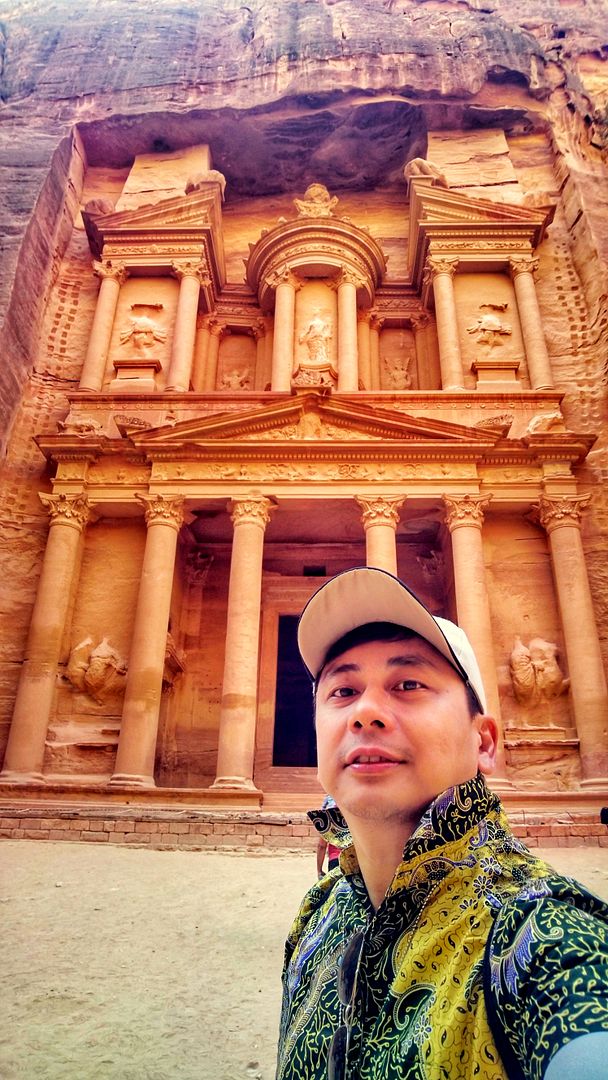
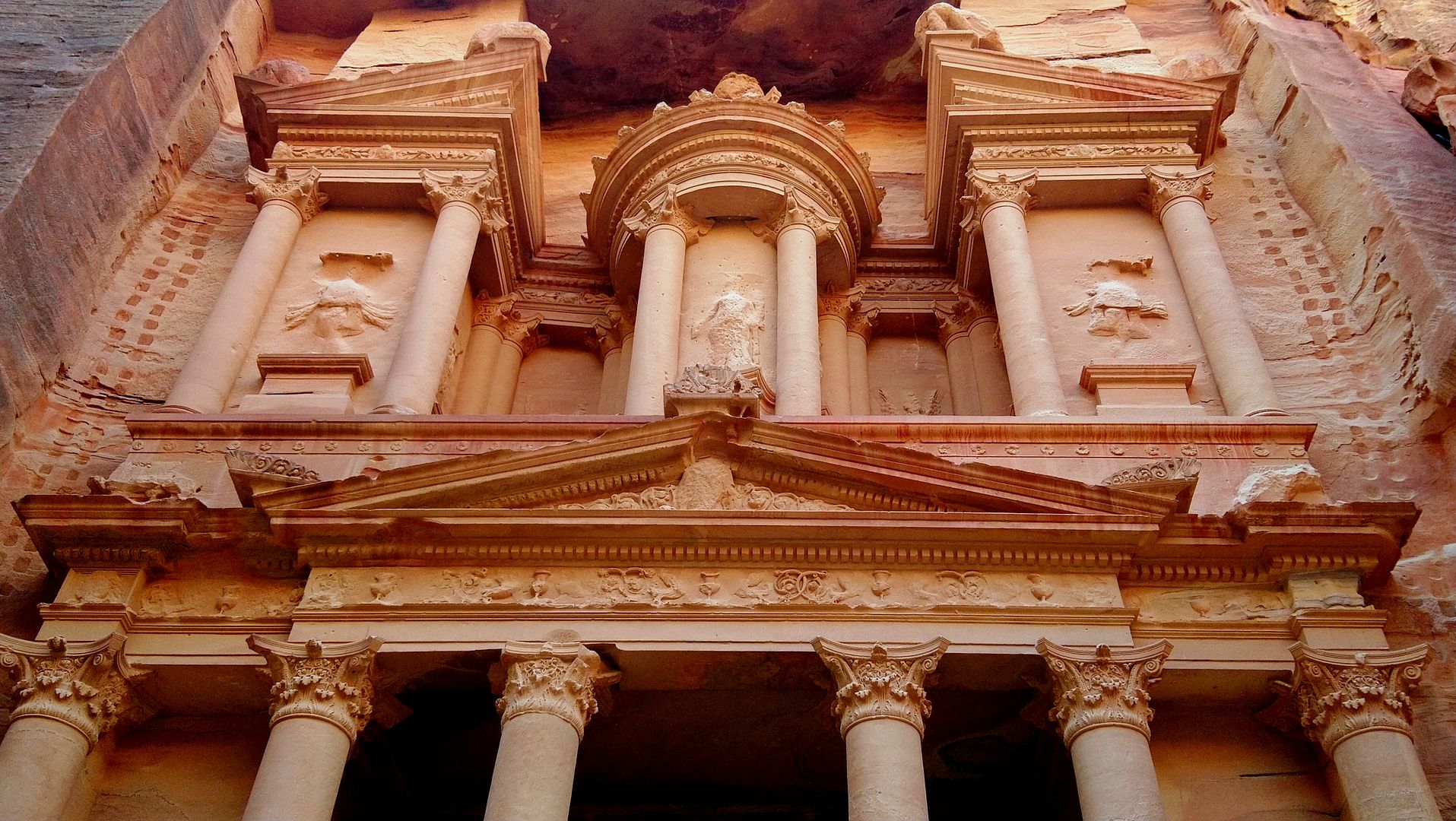

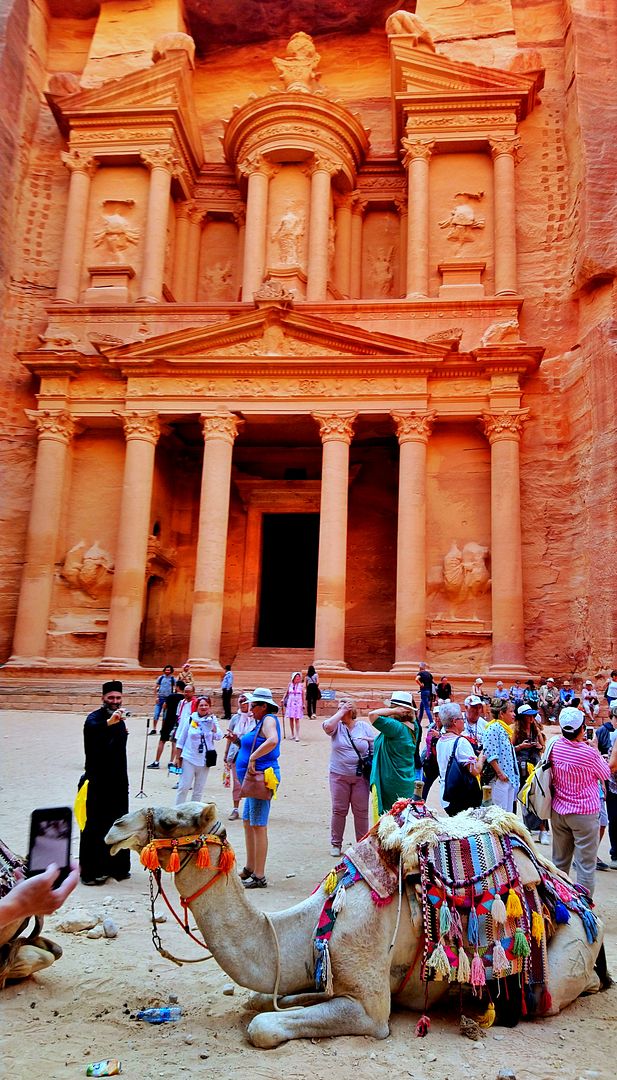
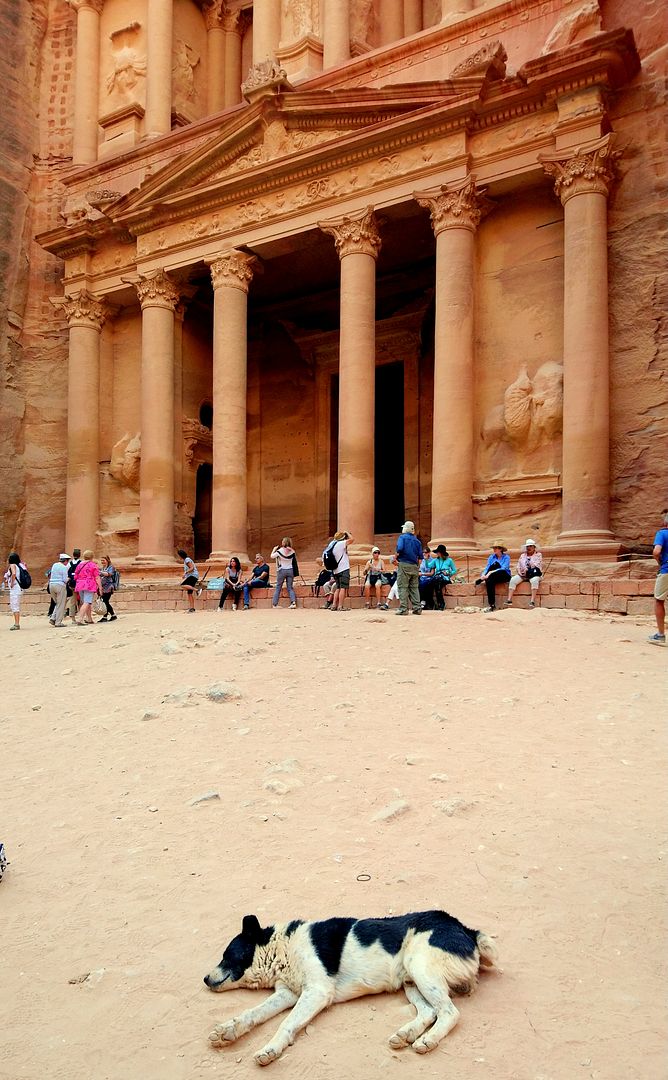
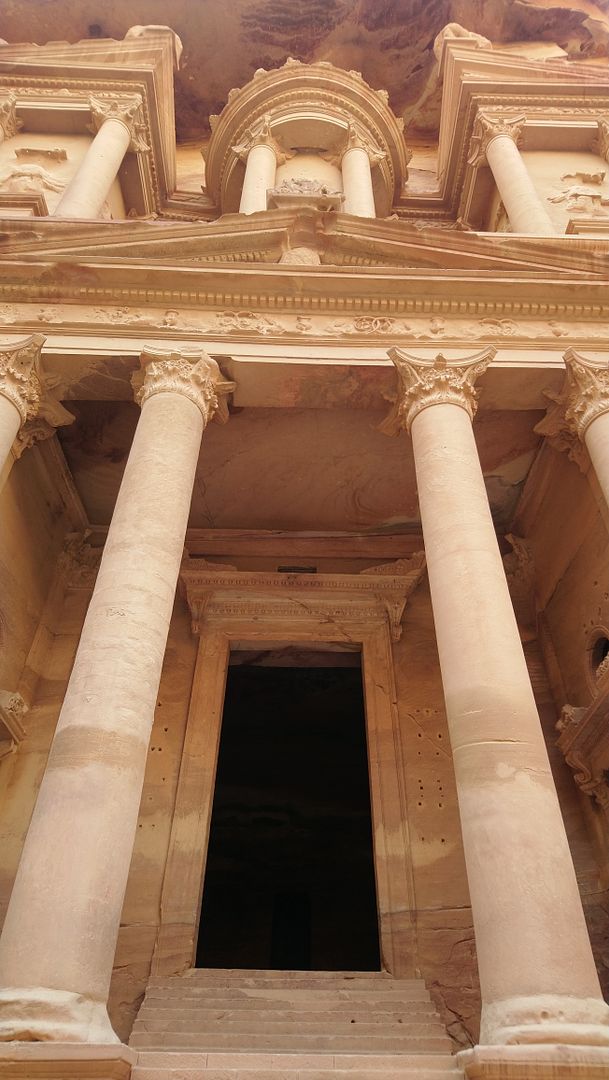

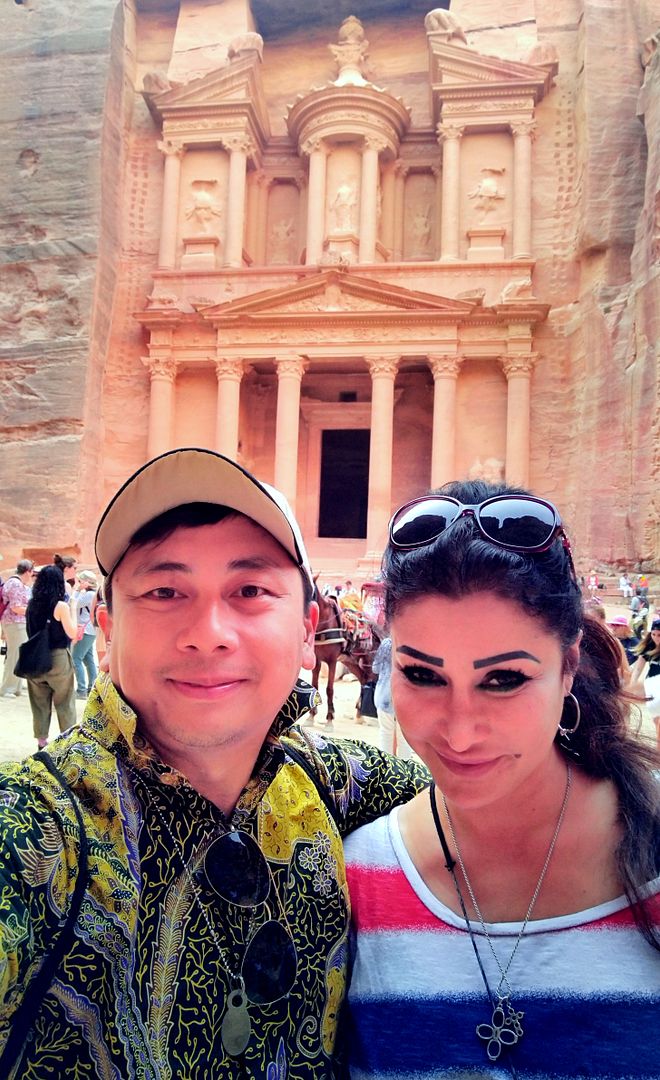
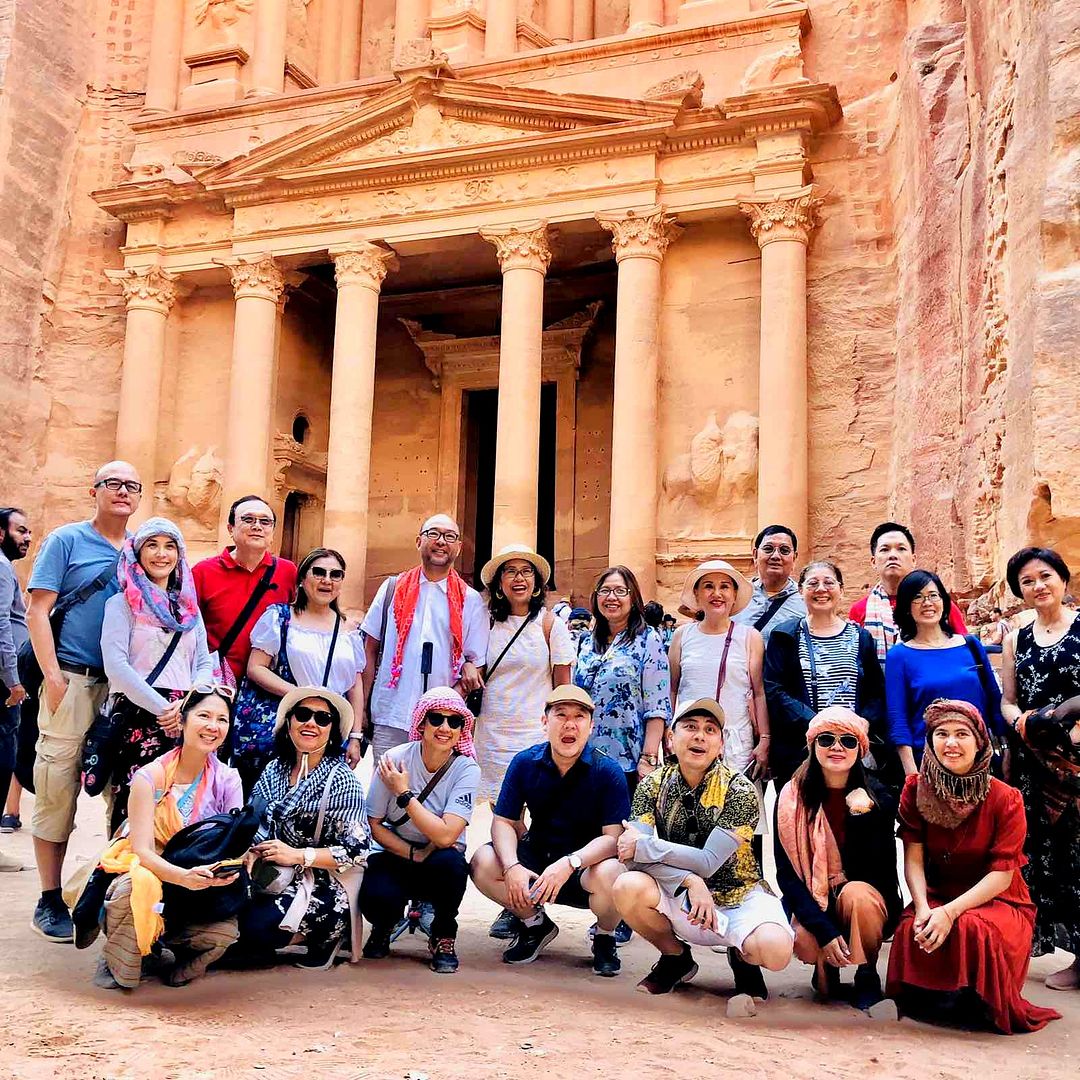
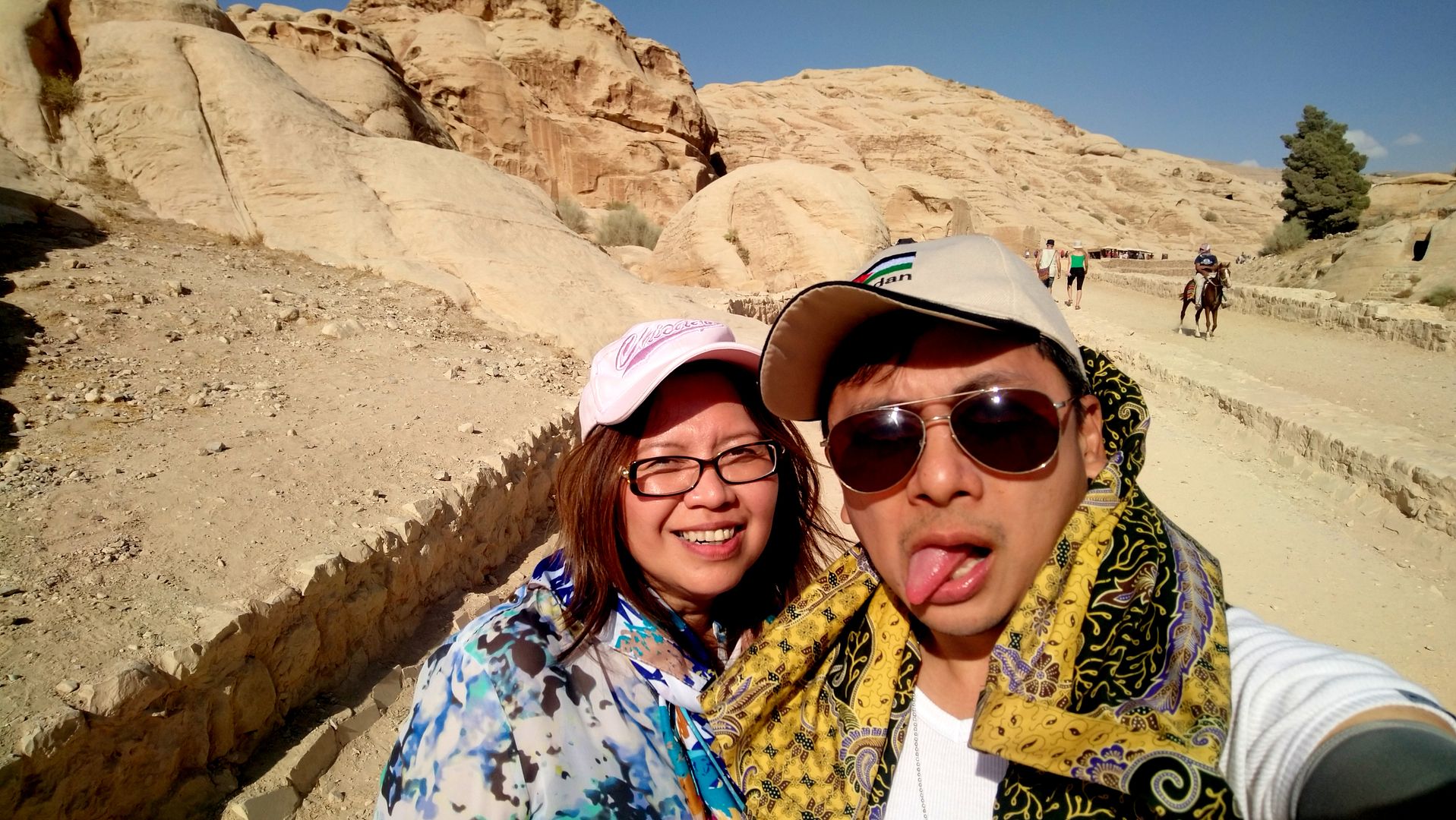
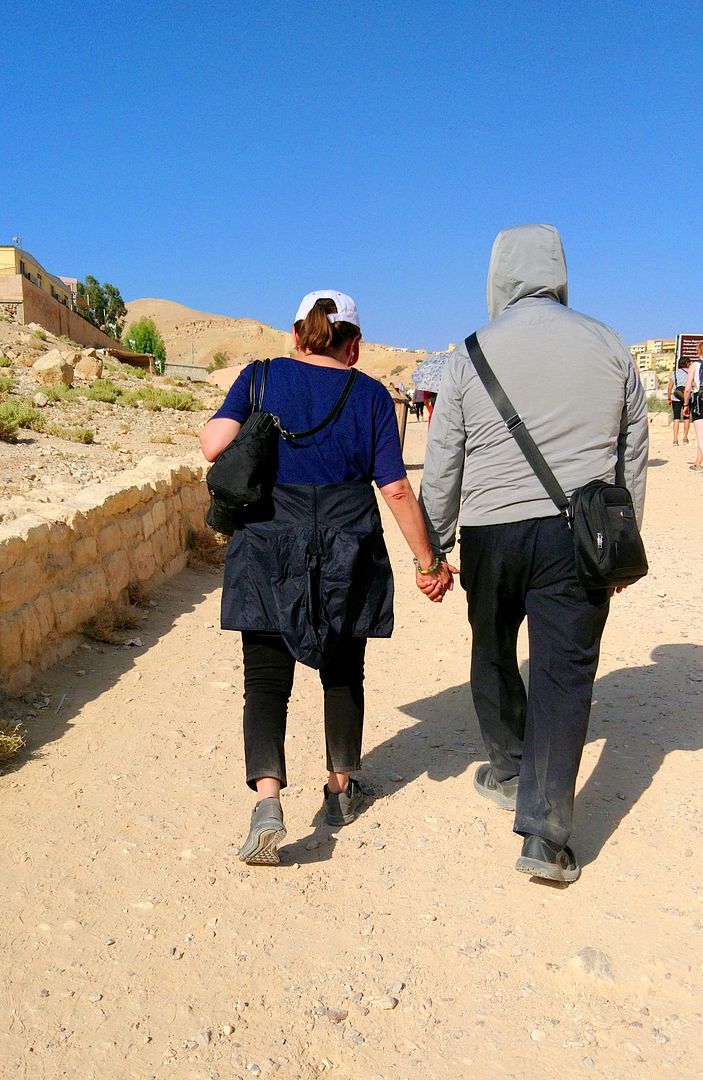
How lucky you are to travel to these unconventional places and to enjoy your trip to the fullest. Thanks for showing us how beautiful and special Jordan is.
There’s more to this wonderful, mystical country. It deserves a much longer visit. You should consider going there when the world gets back to normal. Also, Jordan is the safest country in the Middle East. That’s a big incentive!
Of course! I have not even to the Middle East and there lies a mysterious beauty of that continent to me. I can’t wait to explore Jordanand it’s surrounding once the pandemic is over!